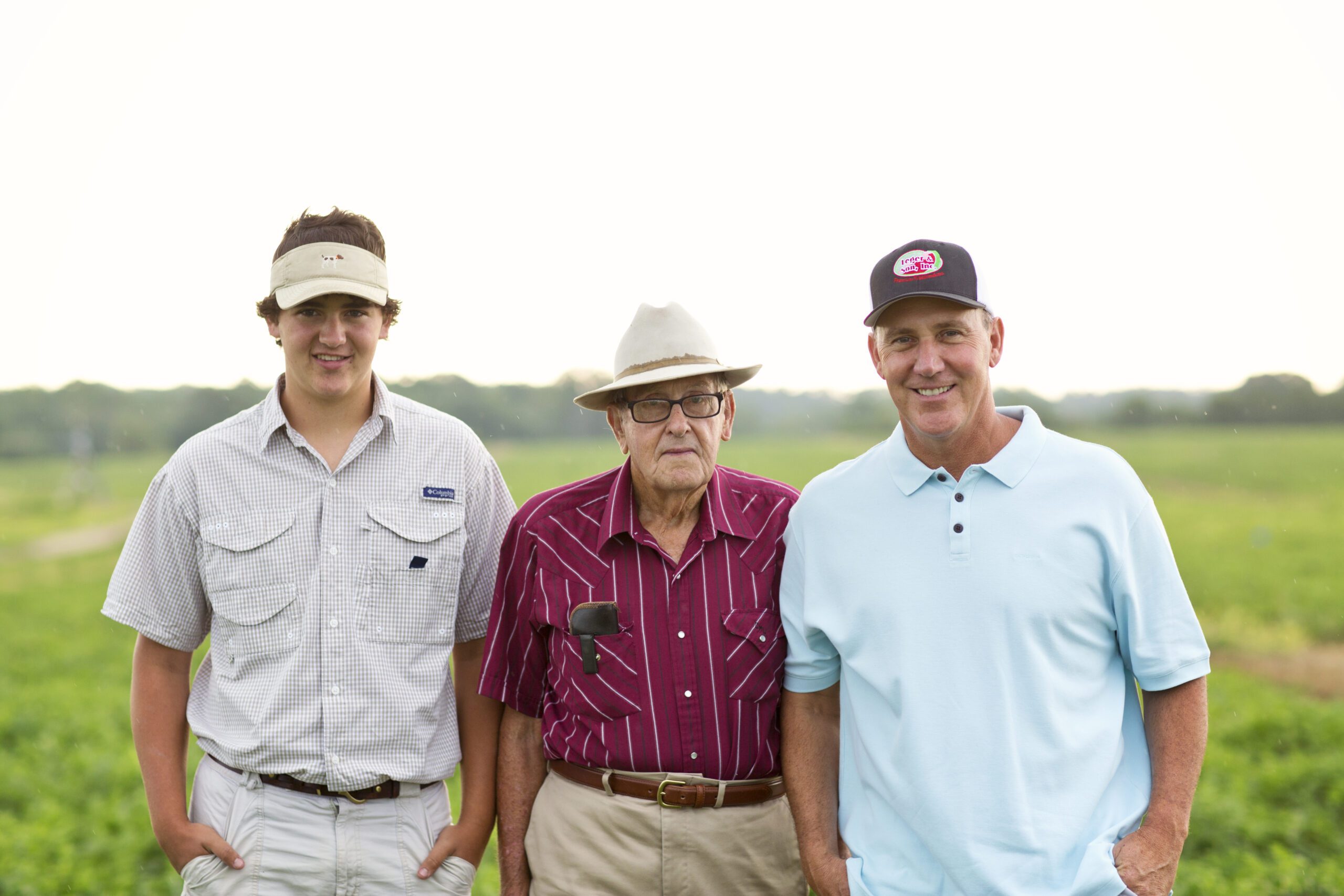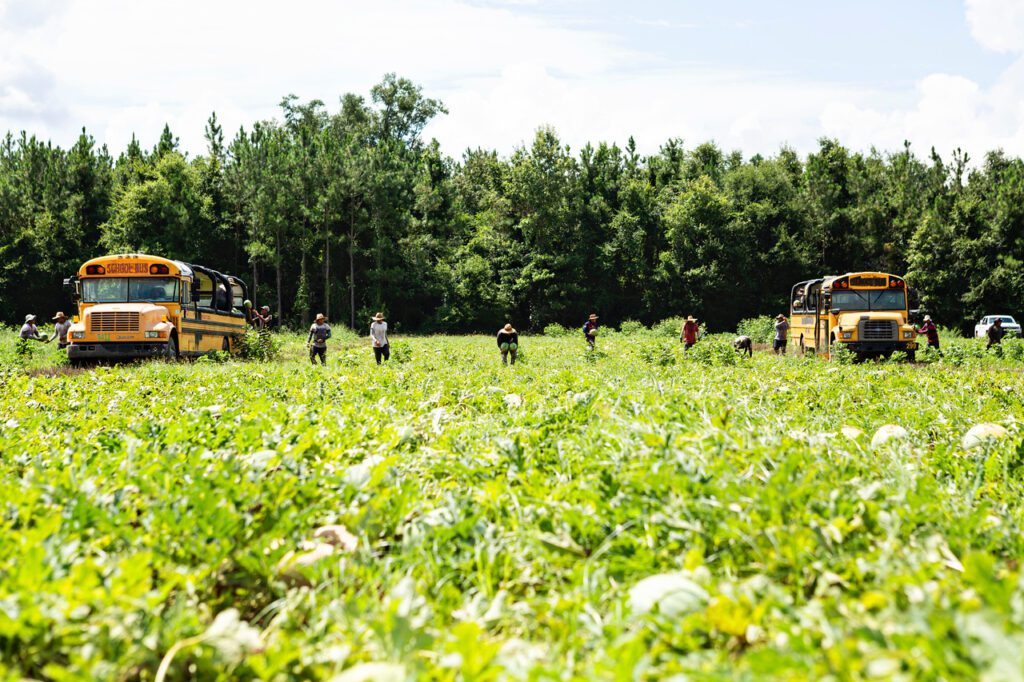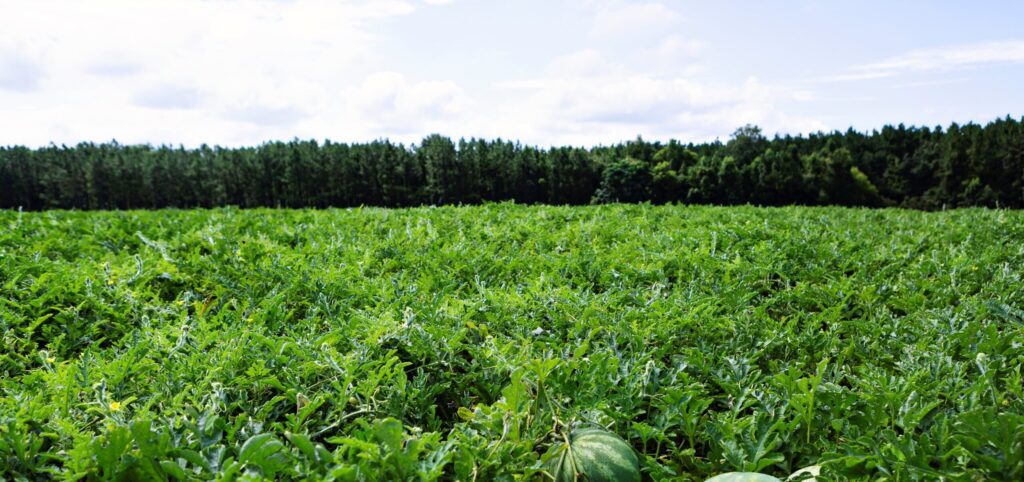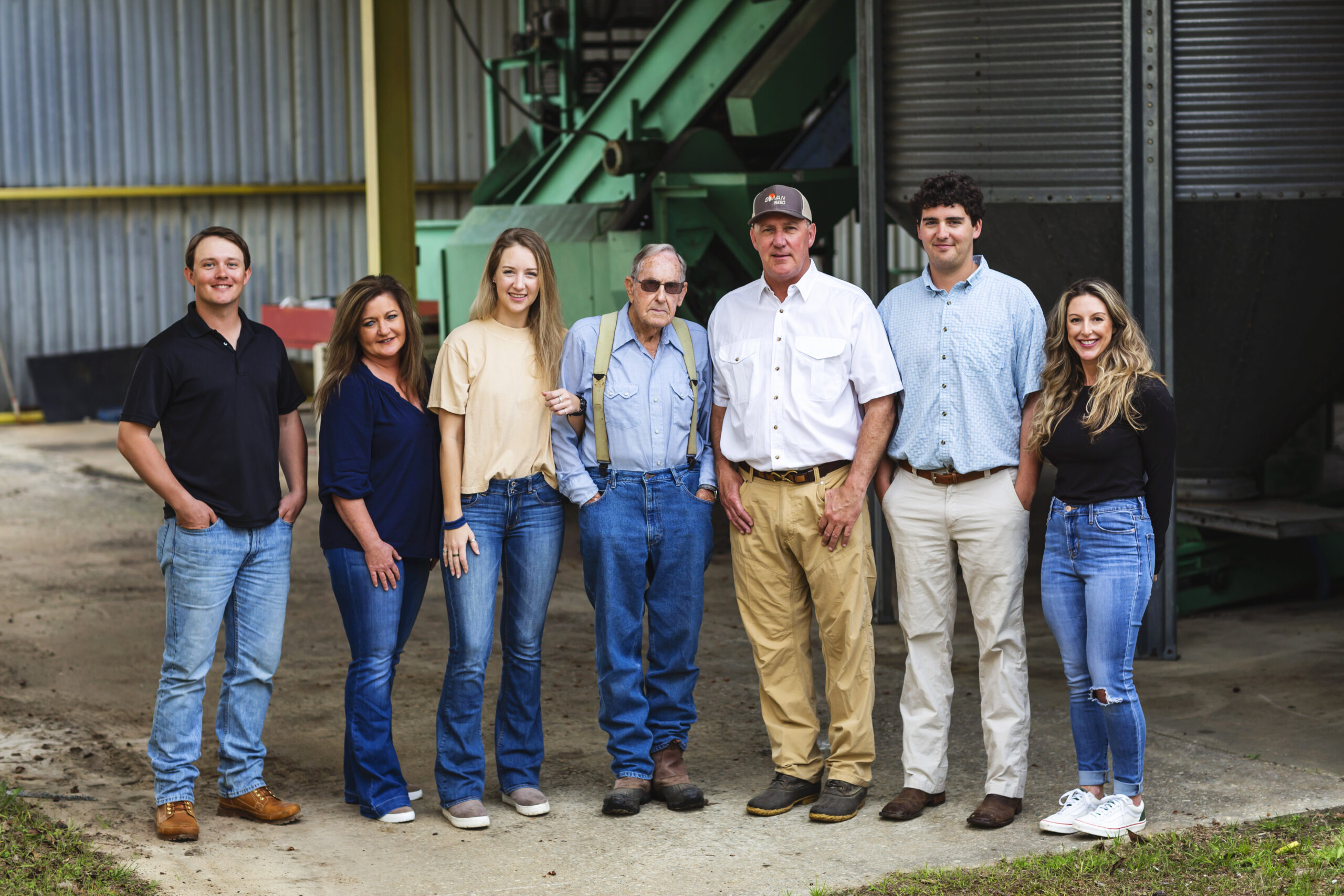Jan 22, 2024Avoiding errors helps Leger & Son successfully grow watermelons
Before Leger & Son can harvest a single watermelon, there are many considerations: soil health, pests and disease challenges, and water availability.
Nearly six decades after the family began farming watermelons, the third-generation company grows watermelons in four states. Paying attention to details and employing technology has helped reduce input costs.


Headquartered on Seedling Drive in Cordele, Georgia, a city which touts itself as the Watermelon Capital of the World, Leger & Son also partners with other growers in Georgia, Florida, Indiana and Missouri.
Leger & Son’s toolbox includes precision ag techniques, monitoring fields with drones and using tensiometers and moisture meters for conserving
irrigation water. In the past decade, overhead and drip fertigation has allowed the proper mixture of minor essentials to increase yields and reduce the use of
pesticides, fertilizers and water.
Scouting for problems
During the season, crop scouts inspect watermelons for disease and insects. Buffers around fields and no-till farming reduces soil erosion and promotes
beneficial insect habitats, which reduces pesticide use.


Honeybees and bumblebees, which work at different times and in varying weather conditions, ensure favorable pollination.
Fusarium wilt and phytophthora are the major soilborne diseases afflicting watermelons. Whiteflies are typically more manageable, and insects aren’t
significant problems.
In the past 15 years, Greg Leger, president and owner, has focused on watching the soil and ensuring plants get the proper nutrients. “A lot of farmers have really been studying and managing harder, making sure they have happy plants
and trees,” Leger said. “When you start getting weak plants, it’s like the insects can smell it. When you have nice, strong plants, you don’t have as much predatorial pressure from insects.”
Soil focus
Leger & Son takes soil probes in the winter before planting, during the growing season and after harvest. A University of Georgia lab tests soils and plant tissues for pH, nitrogen and potash levels, as well as other nutrient deficiencies.
In the past, the operation tested soils once a year, then applied lime and fertilizer. Today, however, zinc and minor elements including copper, manganese and
sulfur are needed.
“You want your pH levels to be perfect,” Leger said. “If your pH is not where it needs to be, if you need NPK (nitrogen, phosphorus and potassium) and don’t have your pH right, it’s not making that plant, it’s not making that in the soil and is not making it readily available so the plant can take it up.”
Georgia’s rolling landscape can present irrigation challenges. Lower areas can receive too much water while vines on hilltops may receive less. Rolling land
creates difficulties regulating water flow through drip irrigation, so overhead is employed. To prevent erosion and water loss, Leger & Son installed terraces and
water bars, which divert water runoff.


Planting more disease-resistant watermelon varieties helped cut the spraying bill in half, reducing spraying from 9-10 times a year to three times. Changing
varieties and other steps helped Leger & Son yield 60,000 pounds of watermelons an acre, up from the 45,000-pound yields in the past.
“The technology is saving us money,” Leger said. “It’s saving trips across the field and saving us diesel fuel. Not managing water and sprays is kind of shooting
yourself in the foot coming out of the gate.”
Because watermelon and other cucurbits cannot grow more than five years on the same land, growers swap land and plant other crops including peanuts, field
corn and cotton, making it challenging finding rental land that hasn’t grown squash, cucumbers or watermelons.
“You have to keep that rotation in mind all the time,” Leger said. “If you
cheat and go back, going three or four years, you will have even more
soilborne issues. If you can wait six to seven years, you will probably have
fewer soilborne issues.”
Avoiding ‘unforced errors’
A key part of Leger & Son’s success is avoiding mistakes.
“No self-inflicted problems are the ultimate goal,” Leger said. “In
the last 15 years, farming is more risky. I’ve seen the sloppy growers
go by the wayside. I don’t mean that in a bad way, as I could go by the
wayside with one hurricane.”


Today’s farming practices have evolved into precision ag, he said.
“You have to dot every ‘i’ and cross every ‘t’ and manage as best as you
can with the least amount of waste,” Leger said. “You cannot cut corners
and you can still get your butt kicked. Not doing things properly the first time, having to go back and do them again, drives me crazy. Self-inflicted wounds are the worst.”
After leaving the Navy, Charles M. “Buddy” Leger worked for
years as a USDA inspector in south Georgia, grading peanuts and other
commodities before managing the Cordele State Farmers Market
In 1965, he started growing and shipping watermelons and also
planted pecan trees on his father’s farm. Buddy established a buying
point for watermelons and pecans.
In the early 1980s, he helped establish the National Watermelon
Promotion Board (NWPB), a research and promotion marketing
order supported by growers.
Now 92, Buddy keeps track of the business but spends more time
working in his garden and at his lake home with his wife Marjorie.
Greg’s daughter Bailey works in marketing with Jordan Carter,
director of sales and marketing, while son Cole is in field operations
working with Will Hinson, vice president of operations. In 2021,
Carter became the first woman elected NWPB president. Carter
and Hinson are en route to company ownership. Bailey and Cole joined
the business after college and started working at the bottom, like
their father, who grew up throwing watermelons into semis for his father.
Greg Leger says he learned a lot from his dad, who taught him the
value of hard work and not skipping any steps.
“The harder you work, the luckier you get,” Greg Leger said.
“He never really gave me anything but opportunity. What I did with
that was up to me. It’s our generation now. ”
— By Doug Ohlemeier, assistant editor














